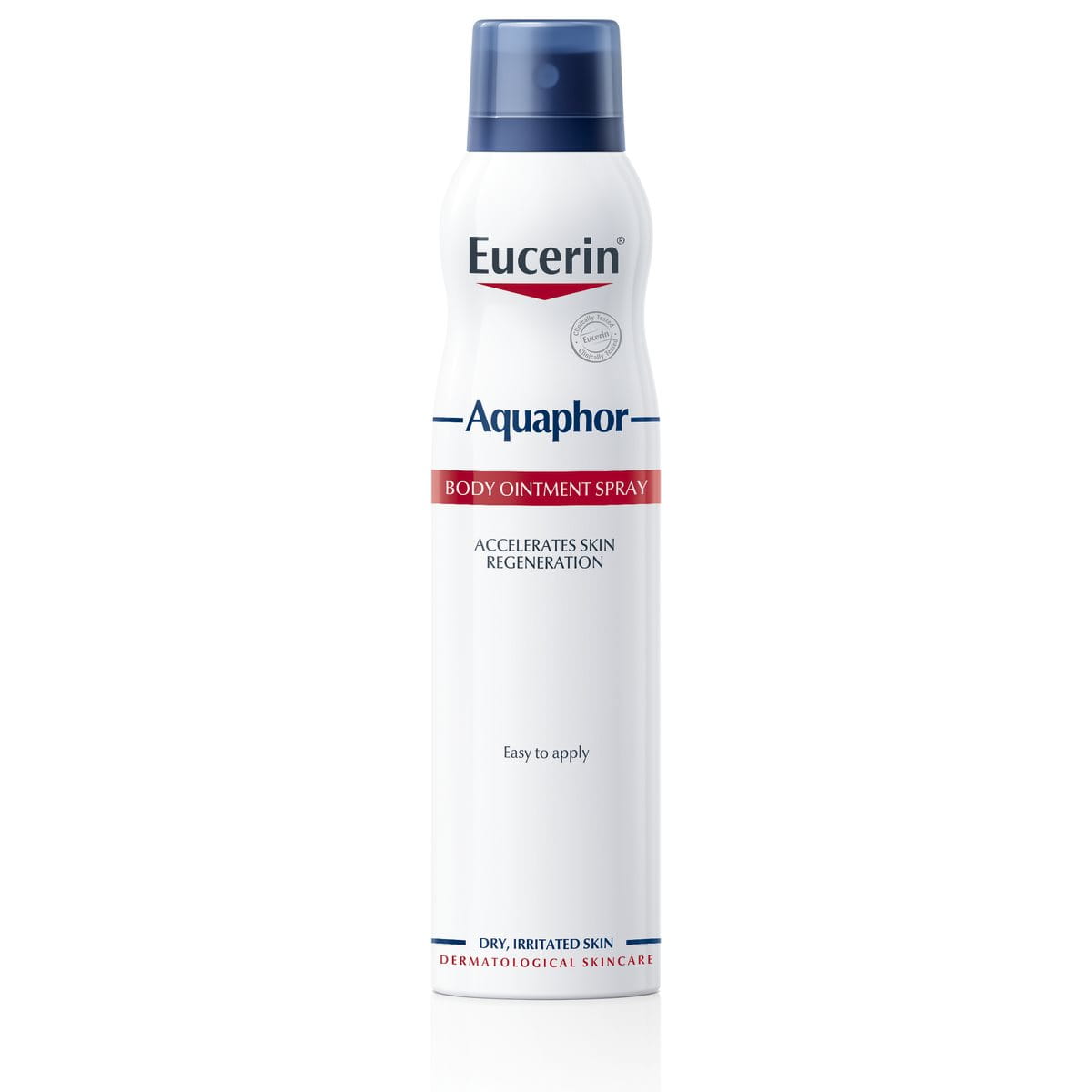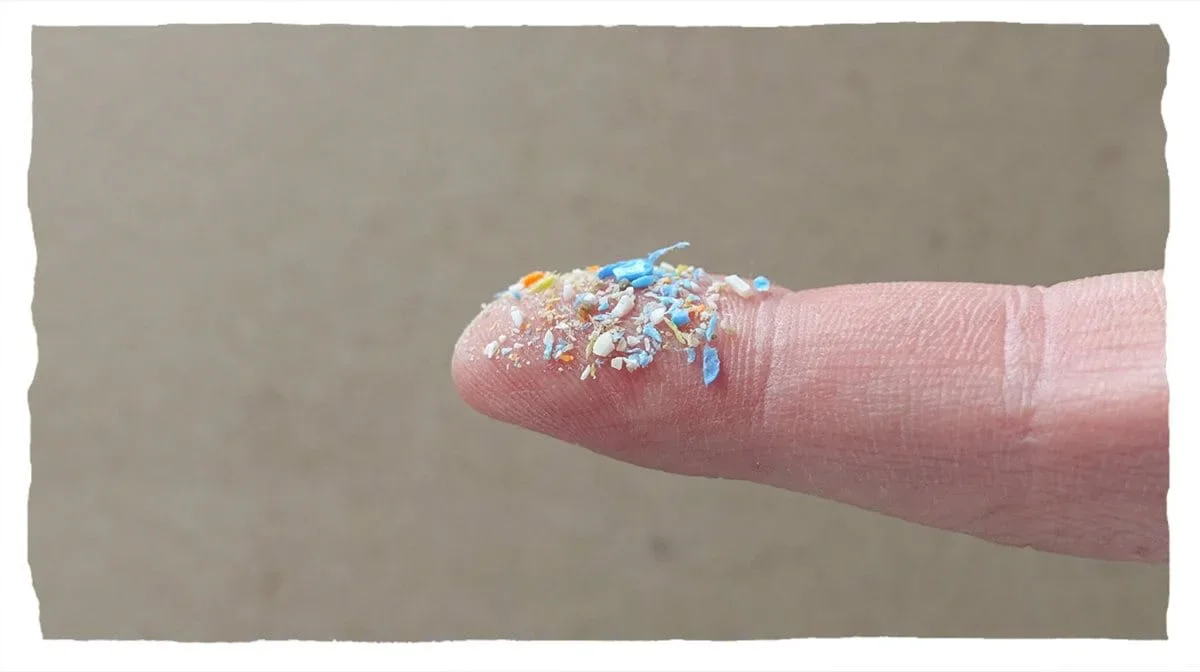What are Microplastics?
The United Nations Environment Program (UNEP) defines Microplastics as solid, non-water-soluble and non-biodegradable plastic particles that are five millimeters or less in size. Primary Microplastics are intentionally created as tiny particles to use as a product ingredient. In contrast, secondary Microplastics are the by-product of large plastic pieces as they break down into smaller pieces due to erosion and exposure to natural elements.
How Do Microplastics Impact Our Environment?
Plastic pollution is one of the most significant environmental challenges of our time. Regardless of how Microplastics end up in the environment, they can and do remain in our natural world for generations. Due to their properties, they are a source of both soil and marine pollution around the world as they break down very slowly. As such, they are considered potentially harmful to the environment.












